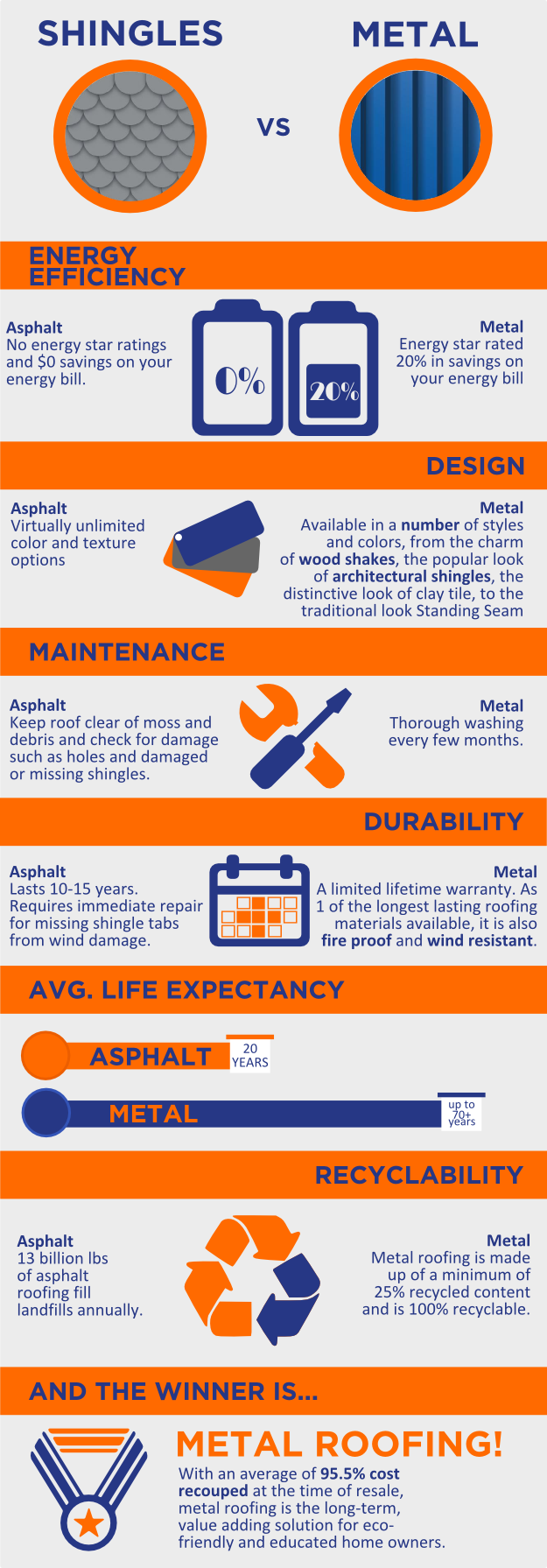A Novice'S Overview To Recognizing Photovoltaic Panel Modern Technology And How It Functions
A Novice'S Overview To Recognizing Photovoltaic Panel Modern Technology And How It Functions
Blog Article
top community solar developers -Jain Erickson
So, you've read about photovoltaic panels and their potential to produce electrical energy from sunlight, however exactly how precisely do they function? Recognizing the intricate innovation behind photovoltaic panels can be a fascinating journey into the world of renewable resource. From the standard principles of photovoltaic cells to the intricate parts that compose a photovoltaic panel system, there's a whole realm of knowledge waiting to be discovered. Let's unravel the secrets of photovoltaic panel modern technology with each other.
Solar Panel Technology Principles
To truly understand the significance of photovoltaic panel technology, you have to look into the fundamental concepts that underpin its performance. Solar panels consist of photovoltaic cells, normally made from silicon, which have the remarkable capability to convert sunlight into power via the photovoltaic result. When sunshine strikes the cells, the photons in the light interact with the silicon atoms, creating the electrons to damage without their atomic bonds. This creates an electrical current that can after that be harnessed for powering numerous tools.
The vital element of photovoltaic panels is the semiconductors within the solar batteries, which assist in the conversion of sunshine into usable electrical energy. These semiconductors have both positive and unfavorable layers, creating an electrical area that enables the circulation of electrons.
This circulation of electrons, when connected in a circuit, creates direct present (DC) electrical power. Recognizing these basic concepts is essential for appreciating just how photovoltaic panels can harness the sunlight's power to power homes, businesses, and even satellites precede.
How Solar Panels Generate Power
Solar panels harness the sun's power by transforming sunlight right into electricity via a process called the photovoltaic effect. When sunlight strikes the photovoltaic panels, the photons (light fragments) are taken in by the semiconducting products within the panels, usually made of silicon. This absorption produces an electric present as the photons knock electrons loosened from the atoms within the material.
The electrical areas within the solar cells after that require these electrons to stream in a certain instructions, producing a straight current (DC) of electrical energy. This straight current is then passed through an inverter, which transforms it into rotating present (AIR CONDITIONING) electrical power that can be used to power your home or business.
Excess electricity produced by the photovoltaic panels can be kept in batteries for later use or fed back right into the grid for credit scores through a process called web metering. Understanding just how solar panels produce power is essential to valuing the environmental and cost-saving advantages of solar power systems.
Recognizing Photovoltaic Panel Components
One important facet of photovoltaic panel innovation is recognizing the numerous parts that make up a photovoltaic panel system.
The vital parts of a solar panel system consist of the photovoltaic panels themselves, which are comprised of solar batteries that convert sunlight into power. These panels are placed on a structure, usually a roof, to record sunshine.
In addition to the panels, there are inverters that transform the straight existing (DC) power generated by the panels into alternating present (A/C) electrical power that can be used in homes or organizations.
The system likewise consists of racking to sustain and position the photovoltaic panels for optimum sunlight exposure. Moreover, commercial solar panel installation and adapters are essential for transporting the electricity created by the panels to the electric system of a structure.
Finally, a tracking system may be included to track the efficiency of the solar panel system and ensure it's operating successfully. Recognizing these parts is essential for any individual aiming to mount or utilize solar panel technology successfully.
Conclusion
Since you comprehend the fundamentals of solar panel technology and how it works, you can value the power of using sunshine to create tidy and renewable energy for your building. By making use of the photovoltaic result and elements like inverters and monitoring systems, you can add to a much more sustainable future while likewise possibly saving money on energy prices. Maintain discovering and checking out the opportunities of solar power for a greener tomorrow.
